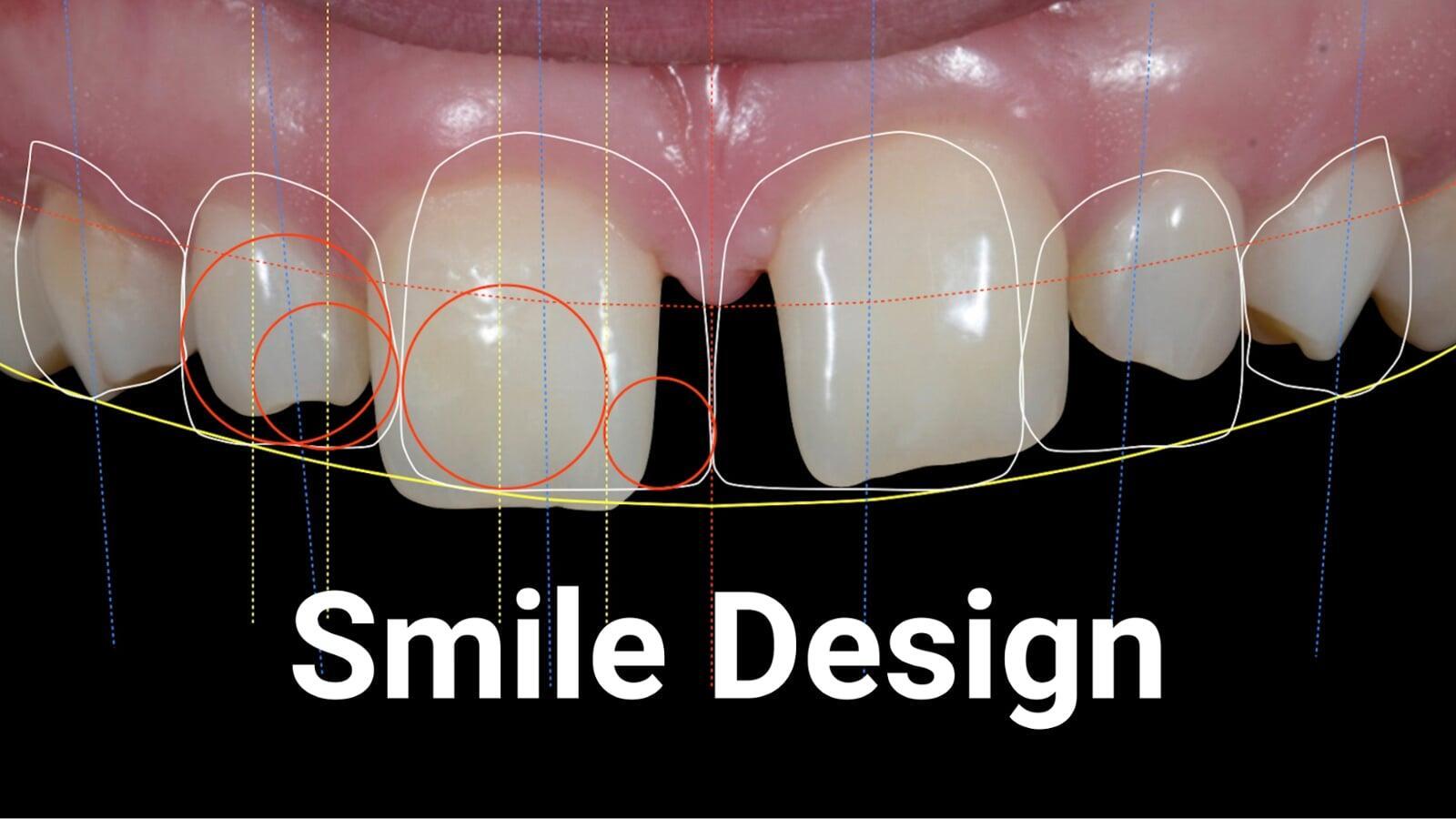Smile Design Treatment Options: What They Are, Advantages, Disadvantages, and Who They Are For

Options for a Complete Smile Design
Dental Veneers:
Ceramic veneers are thin shells made of porcelain that are custom fabricated in a dental lab and then bonded to the front surface of your teeth. They improve the appearance by correcting stains, chips, gaps, and more significant misalignments.
Advantages:
- Highly durable and long-lasting (usually 10-15 years or more).
- Very natural-looking with excellent color and translucency that mimics real teeth.
- Resistant to staining and wear.
- Provide strong protection for the tooth surface.
Disadvantages:
Disadvantages:
More expensive than composite veneers.
Usually require two or more dental visits to complete.
Slightly more invasive as some enamel may need to be removed.
Approximately $6,000to $9,000 MXN ($300 to $450 USD) per tooth.
Best For:
Best For:
- Patients seeking a highly aesthetic and durable cosmetic solution.
- Those with moderate to severe cosmetic issues (discoloration, chips, gaps, misalignment).
- Patients willing to invest in a longer-lasting and natural-looking smile.
Dental Crowns:
Dental crowns are caps that fully cover a damaged or weakened tooth to restore its shape, strength, and appearance. They are used when a tooth is cracked, heavily filled, or after root canal treatment.
Advantages:
- Protects and strengthens damaged teeth.
- Can improve tooth appearance, shape, and alignment.
- Made from durable materials like porcelain, zirconia, or porcelain-fused-to-metal.
- Long-lasting with proper care (usually 10-15 years or more).
Disadvantages:
Disadvantages:
- Requires removing some natural tooth structure to fit the crown.
- More costly than simple fillings or veneers.
- Needs at least two dental visits (one for preparation and one for placement).
Approximately $6,000 to $9,000 MXN ($300 to $450 USD) per crown.
Composite Veneers:
Composite veneers are thin layers of tooth-colored resin material that a dentist applies and sculpts directly on the teeth. They improve the appearance by fixing chips, gaps, discoloration, or minor misalignments.
Advantages:
- Usually less expensive than porcelain veneers.
- Can be done in a single dental visit.
- Minimally invasive — often requires little to no removal of tooth enamel.
- Easy to repair if damaged.
Disadvantages:
Disadvantages:
- Less durable than porcelain veneers — typically last 5-7 years.
- More prone to staining and wear over time.
- Slightly less natural-looking compared to porcelain.
Average Cost in Mexico:
Approximately $2,500 to $4,500 MXN ($125 to $225 USD) per tooth.
Best For:
Best For:
Patients looking for an affordable, quick cosmetic fix.
Minor cosmetic improvements (small chips, gaps, slight discolorations).
People who want a reversible or less permanent option.


